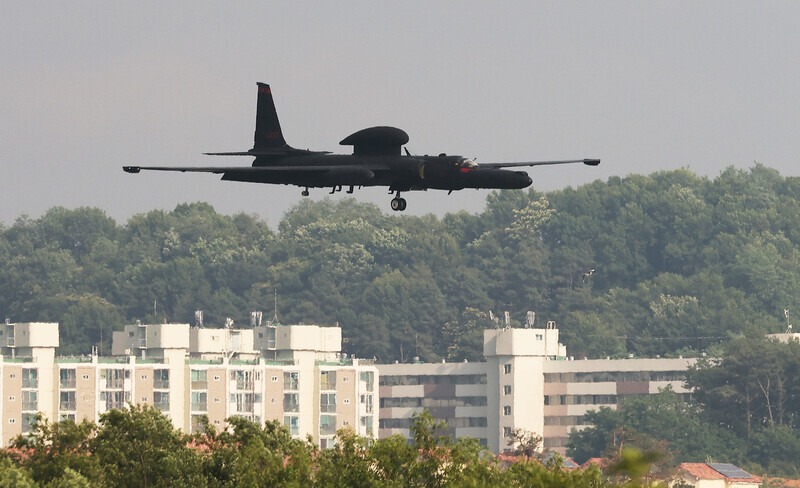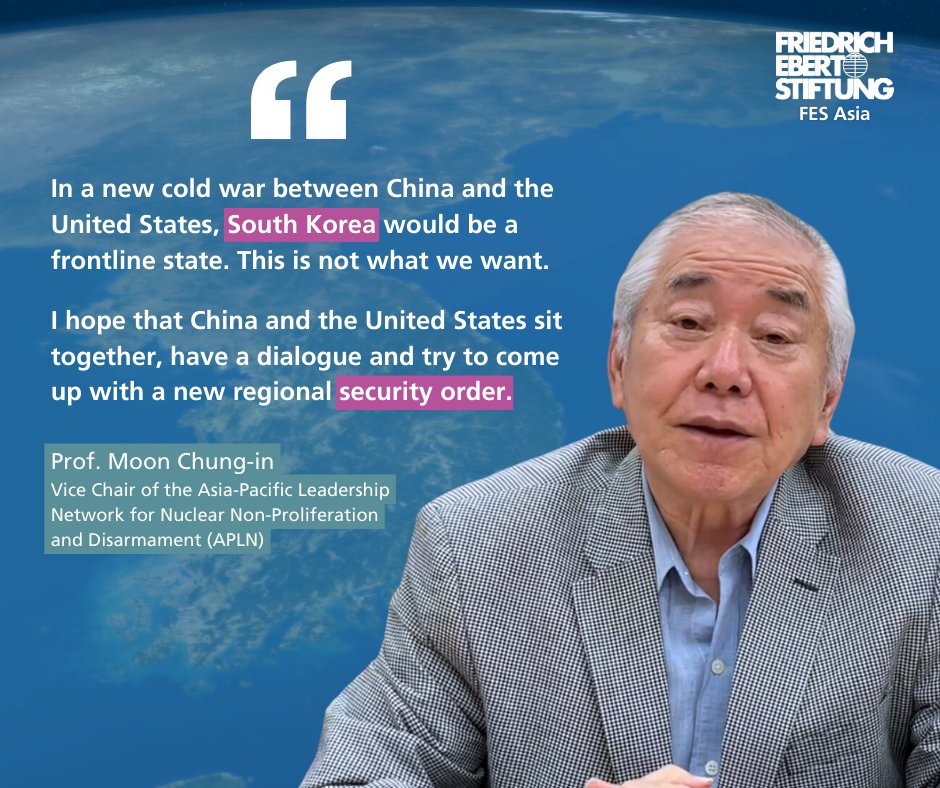With US, China Variables, Does N. Korea’s Calculus Really Point to 7th Nuclear Test?
HANKYOREH
APLN member Cheong Wook-Sik writes on predictions of a possible seventh North Korean nuclear test. Read the original article here.
For nearly a year now there have been predictions of another nuclear test by the North, but the reality isn’t so clean-cut.
Predictions of an imminent seventh North Korean nuclear test have been looming over the Korean Peninsula for the past year.
In January 2021, North Korea hinted at plans for a long-range rocket launch and the abandonment of its declared moratorium on nuclear testing. Around the same time, signs of activity suggested that it was restoring its nuclear test site at Punggye Village.
On this basis, South Korean and US authorities — along with quite a few news outlets and experts — went so far as to discuss possible dates for the North’s seventh nuclear test. So far, it has not conducted any additional nuclear testing.
This year, there have also been predictions of a possible seventh nuclear test. In a report on an enlarged meeting of the 6th Plenary Meeting of the 8th Workers’ Party of Korea (WPK) Central Committee published on Jan. 1, leader Kim Jong-un was quoted as saying that the recent security situation “highlights the importance and necessity of the mass-production of tactical nuclear weapons and calls for an exponential increase of the country’s nuclear arsenal.”
From that, it has been concluded that it’s only a matter of time before the next nuclear test.
But it seems to be going too far to take that as a basis for predicting an imminent seventh nuclear test. Having already carried out six nuclear tests to date, the North has acquired the necessary data for nuclear weapon production. That means it would not be difficult in a technical sense for it to attach a tactical nuclear weapon to one of its existing Scud or Rodong missiles or “super-large” multiple rocket launchers.
The super-large multiple rocket launcher in particular has calibers reaching 600 millimeters. The larger the caliber, the less need there is for nuclear warhead miniaturization — which means nuclear weaponization may be possible without additional nuclear tests.
Moreover, an additional nuclear test would mean the North has to consume around 5 kilograms of plutonium or 20 kilograms of highly enriched uranium as a weapon material. That suggests an inversely proportional relationship between additional nuclear testing and the kind of tactical nuclear weapon mass production and nuclear arsenal increase that Kim talked about.
North Korea’s past nuclear testing was oriented strongly toward both nuclear weapon development and pressure against the US. Urgently sensing the need to normalize its relationship with Washington, Pyongyang saw no more effective means than nuclear tests to capture the US’ attention and get it to negotiate.
But since 2019, the North has pretty much given up on normalizing relations with the US as a diplomatic goal. Instead, its target has simply been to establish a nuclear arsenal. That means a lower likelihood of it viewing a seventh nuclear test as a means of negotiating with the US.
Pyongyang’s relations with Beijing are another key variable. A seventh nuclear test by the North could end up leaving China in a very awkward position, which would likely cause friction in what since around 2018 has been a tight-knit relationship with North Korea. The Chinese government’s continued calls for restraint from the North since the speculation of an imminent seventh nuclear test began can be understood along these lines.
To be sure, this analysis is not meant to suggest there is absolutely no possibility of a seventh nuclear test. From North Korea’s standpoint, it may perceive a test as necessary in terms of acquiring additional military technology. If it embarks on developing a megaton-level nuclear warhead to rival the US’ strategic warheads, or if it decides to try loading warheads onto new weapons like hypersonic missiles or medium- to long-range cruise missiles, it may decide to conduct additional nuclear testing.
If it chooses the former, it is very likely to test a hydrogen bomb with much higher explosive force than the sixth nuclear test. If it chooses the latter, the nuclear test is likely to be a low-yield explosion meant to test warhead miniaturization and detonator advancements.
Image: A U-2S high altitude reconnaissance aircraft lands at US Forces Korea’s Osan Air Base in June 2022, amid predictions of an impending nuclear test by North Korea. (Yonhap)



